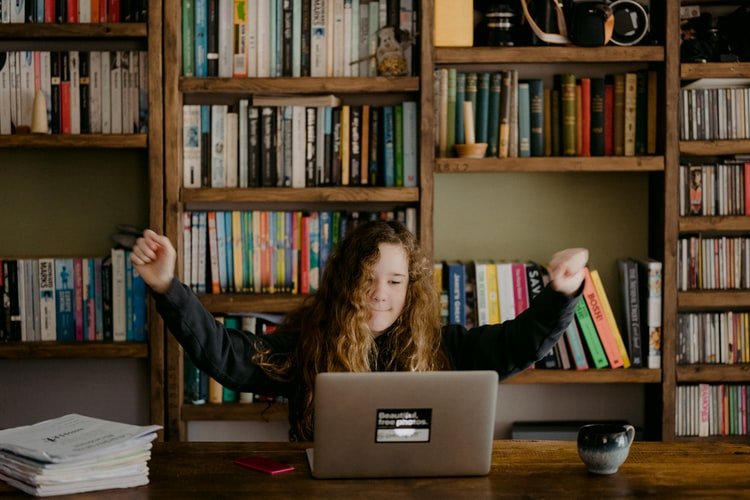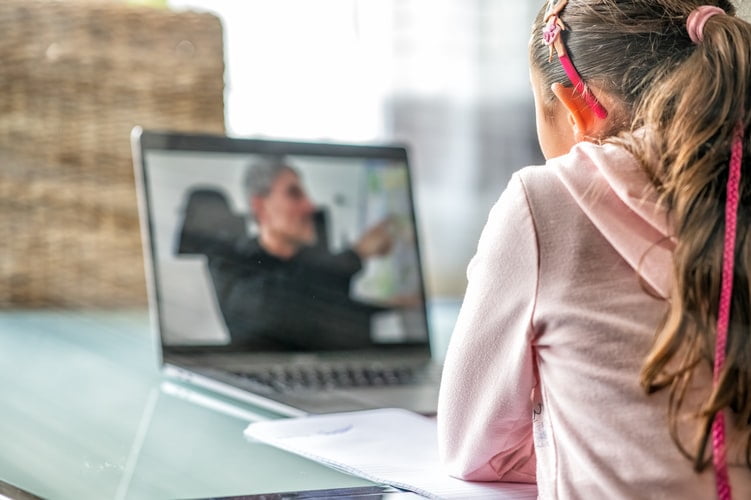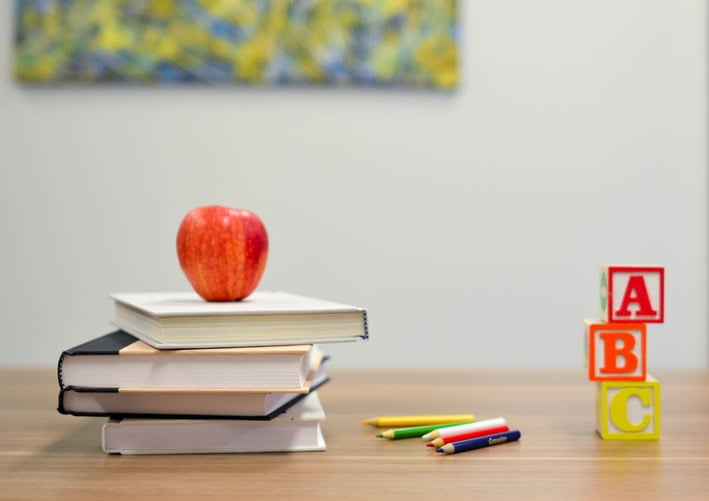
The notion of blended learning dates back to the early 2000s. However, it is more vital than ever as a pedagogy, especially with the transition from education 2.0 to education 3.0. The use of collaborative learning and technology has completely changed the way students learn. It is with the help of new kinds of EdTech being produced all the time. But for making the education process more interesting, this collaborative learning process is the most powerful way.
Education 3.0 shows that teachers are no longer a paradigm shift in the focus of learning. Instead, schools emphasize student-centered learning, with teachers acting as mentors rather than lecturers. All of this is now possible because of collaborative learning approaches, well-functioning EdTech, and other sorts of technological developments that help students.
But how will this new education period affect our learning and teaching? This in-depth look into collaborative learning will provide you with all you need to know. Whether you are a teacher, administrator, IT director, or student, you will learn everything about this flourishing moment in education.
The Impact Of Technology On Education
Integration isn’t the sole reason for educational reform. Education has changed tremendously over time, believe it or not. These are not just NSW regulations or local guidelines specific to your particular school system.
Innovative teaching trends are generally the result of technological advancements and increased knowledge of academic concepts.
Students may now self-study, investigate, discuss with their friends, and even communicate with individuals all around the world. The amount of data we can currently access is absolutely unlimited. Apart from all of these advantages, collaborative learning also aids a student in instilling values. These values include responsibility and time management.
How Does Collaborative Learning Encourage Students?
In a two-way learning environment, collaborative learning encourages students and teachers to cooperate. The usage of an online training platform can substantially improve it. The digital revolution has undoubtedly had an impact.
More individuals than ever before have access to technology. The epidemic has accelerated the use of these procedures. This is a common practice now, and many stakeholders seem to prefer it over the old method.
Allowing students to use technology has drastically impacted their learning experience, whether it’s through a modern idea like blended learning or just utilizing laptops in class remotely.
The collaborative learning process is crucial. And with the collaborative learning process, the student’s concentration is going to increase. More innovative technical processes are introduced into the system. And through the new innovative technical learning methods, the learning time is going to be more exciting and energetic.
How Collaborative Learning Develops Metacognitive Skills?
Because collaborative learning is engaging and demanding, blended learning is ideal for improving metacognitive capacity. Integrated Learning, when done effectively, enhances core curriculum by incorporating soft and hard skills into a single learning environment.
Cooperative learning is more than just adopting technology to assist teachers in improving the effectiveness of their classes. Teachers can use technology to achieve student-centered learning and utilize metacognitive skills with the collaborative learning process.
Teachers or parents frequently function as a student’s metacognitive voice while adopting traditional teacher-centered learning. They help people make decisions based on their feelings and experiences. They tell them stuff like it’s best to go to bed at 10 p.m. instead of 2 a.m. because otherwise the students will be exhausted.
Although many young people can confirm this and conclude that their parents are right, they might feel less weary when they go to bed at 10 p.m. rather than 2 a.m. This is because they may simply require some direction or ideas at times.
Conclusion:
Helping students build effective collaborative learning and metacognitive skills allows them to display their unique personalities and skill sets boldly. Self-regulation, self-importance, and self-learning skills are three subcategories of metacognitive capacity. All abilities that enable pupils to have total control over their studies. So which strategy are you thinking is innovative and exciting? Do not forget to share your opinion in the comment sections.
Read Also:































